I had the opportunity through work to spend a day volunteering at and learning about the South Florida Wildlife Center, a top notch trauma hospital for sick, injured and orphaned wildlife located on a surprisingly serene property just north of the Ft. Lauderdale airport. When Florida’s native peoples and early pioneers roamed the area, the wildlife populations of South Florida were incredibly prolific. But now the 6 million+ people who also call the area home have created many challenges for our native wildlife.
What’s happening to our wildlife?
In short, us. We learned in touring the facility that a common source of injury for birds, for example, is contact with car windshields and other windows, leading to broken wings. Also, trimming of trees to clear power and phone lines regularly leads to destruction of nests with baby birds or squirrels. SFWC accepts all sorts of injured wildlife for treatment and release.
Quick reminder about what is wildlife here in South Florida. YES: sea birds, wading birds, raptors, songbirds, opossums, squirrels, raccoons, gray foxes. NO: dogs, cats, chickens, domesticated rabbits, parrots, toucans, Burmese pythons. On the day we volunteered, the center was home to over 700 animals ranging from tiny baby birds, squirrels and opossums, to recovering adults including osprey, great blue herons, terns, pelicans, woodpeckers, ducks, and squirrels.
Release is the Goal
The mission of SFWC is to rescue, rehabilitate and release — they do not intend to keep animals long term if at all possible. The animals are always being “graduated” to higher levels of independence until they are released.
Guests arrive via drop off or pickup by SFWC’s specialized wildlife ambulances. Sick or injured animals are treated in the veterinary hospital. Once stabilized, they are moved to an ICU-type setting where they are closely monitored. Animals that are stabilized and healing are placed in more natural exterior enclosures, where they can experience weather conditions and practice flying.
Orphaned babies are brought to the nursery, where they are intensively supervised with hourly feeding, daily weighing and more. As they grow, they gradually receive less care until they are also able to move to exterior habitats or just be released.
The facility employees and volunteers are very cognizant that they are dealing with wild animals and not pets. The staff do not talk to the animals — no baby talk in the nursery! — and only handle the babies with gloves and masks. They also minimize use of scented items (perfume, etc.) to reduce the risk of imprinting on the animals. The goal is to avoid domesticating these animals, and to return them to the wild without impairing their ability to survive without humans.
What We Did
My colleagues and I spent several hours constructing and improving animal habitats and sanitizing a vacant building to be “turned over” to a new species. We also assembled dozens of food challenges for small mammals. We used small boxes (the size of shoe boxes) and created miniature mazes for the animals by cutting a small entry hole and filling the interior with a mixture of sticks, leaves, hay and hidden delectable treats like peanuts, fruit and vegetables. We also stuffed cardboard tubes (paper towel tubes) with snacks and plugged the ends with hay — sort of like a stuffed Kong for squirrels.
Having seen our backyard squirrels overcome every conceivable obstacle to eat from our bird feeders, I am highly confident these flimsy cardboard boxes and tubes were no match for the squirrels! Our dogs never quite figured out how to get the treats from the inside of a Kong, but that’s probably a reflection of the, ahem, mental acuity of our beloved doggies. Or they were too spoiled to bother … also a strong possibility.
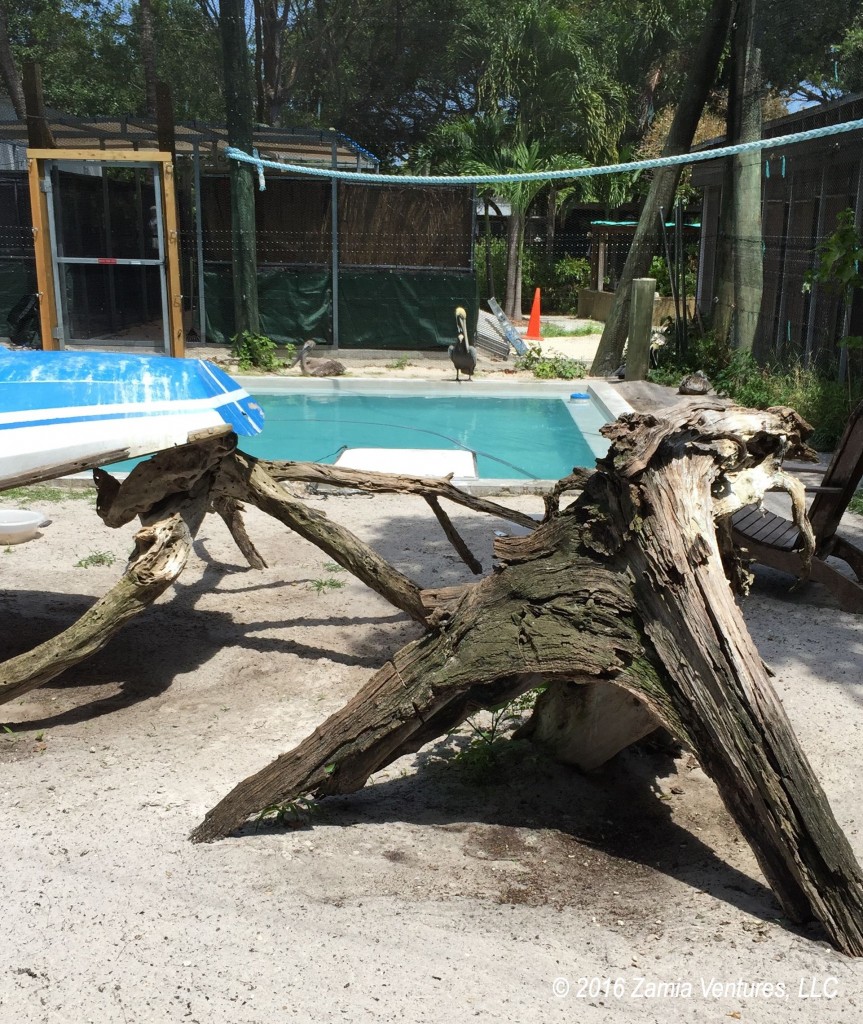
Interested in Helping?
The South Florida Wildlife Center operates primarily as a hospital and not as a zoo, so casual visitors don’t have the chance to see the animals undergoing rehabilitation. However, there are numerous ways to support the work of this 501(c)(3) nonprofit. Find out more here. Becoming a volunteer is one of the best ways to see and appreciate the great work of this organization. My half-day experience was extremely rewarding and enjoyable.
There are also several other locations in South Florida where rehabilitated wild animals are kept permanently and can be viewed by the public. Our favorites are the Busch Wildlife Sanctuary in Jupiter and the Florida Keys Wild Bird Rehabilitation Center in Tavernier (see my blog post from our visit).
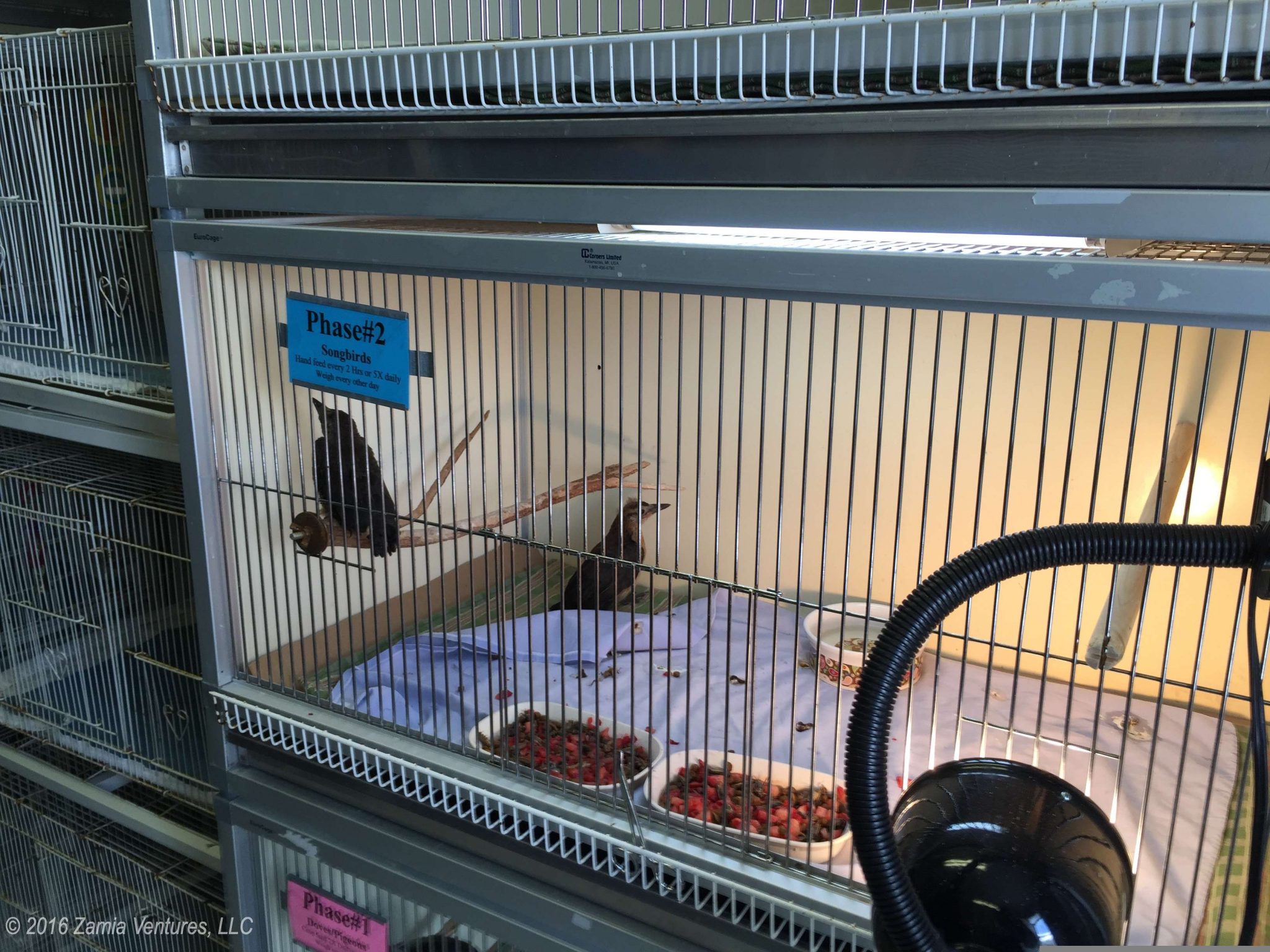
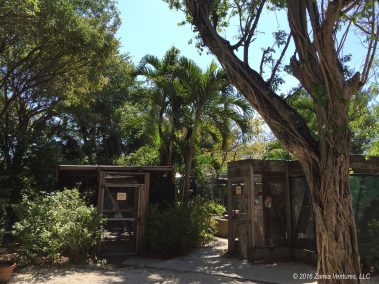
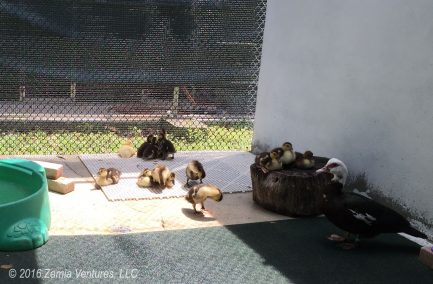
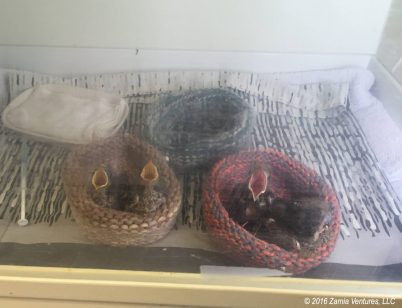
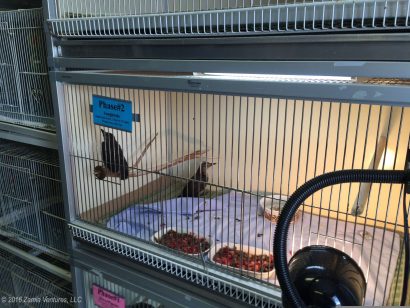
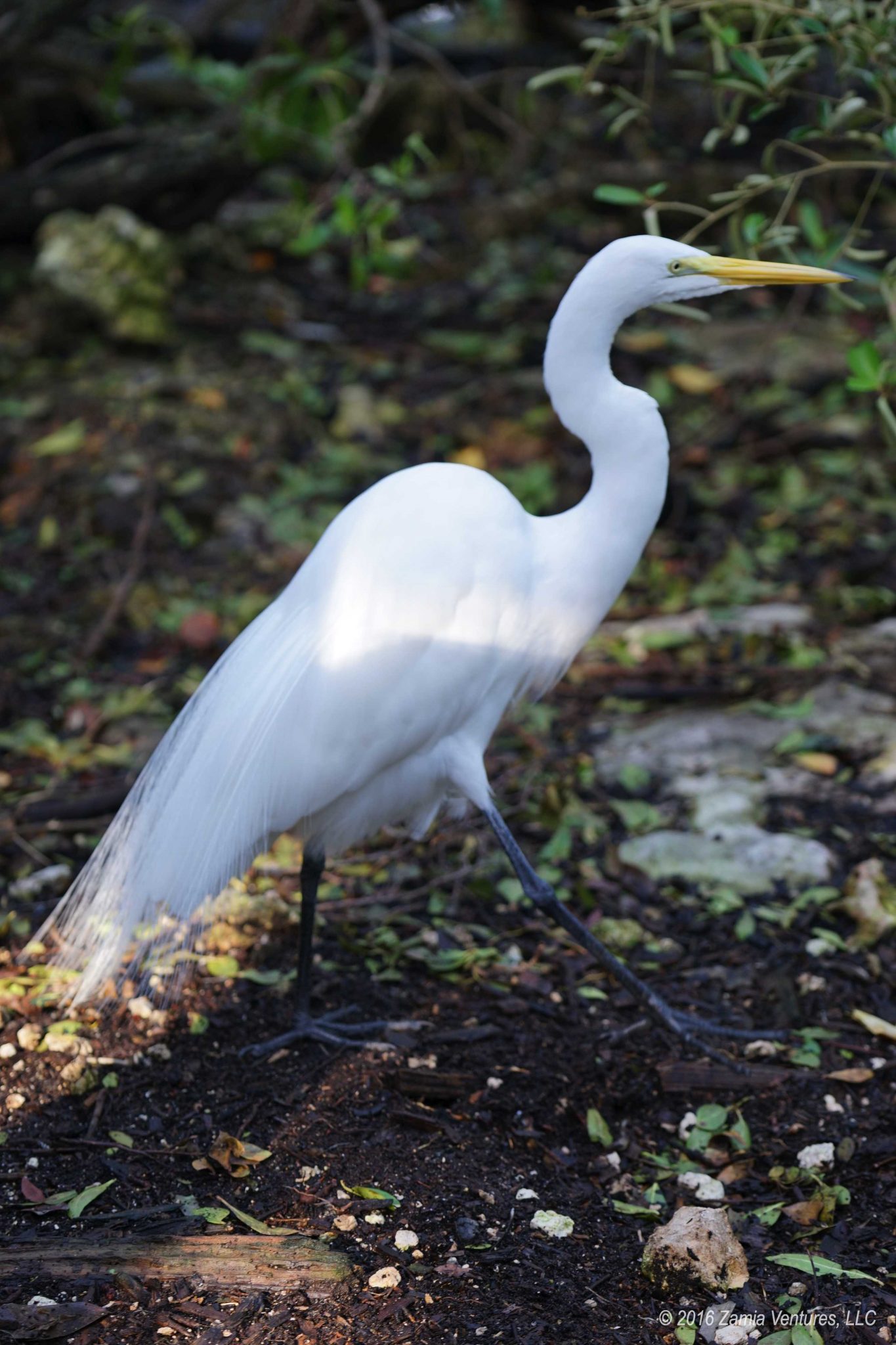
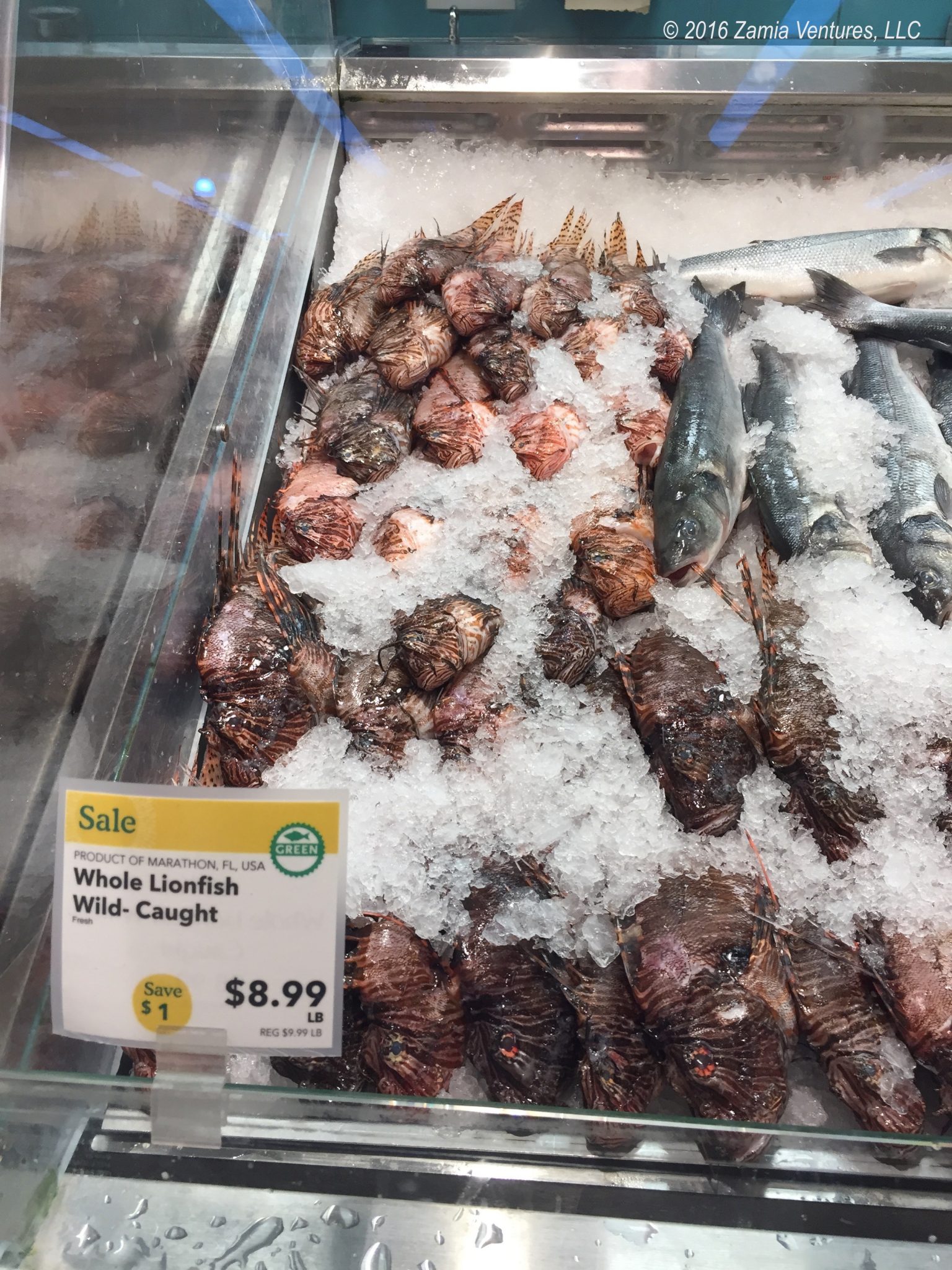
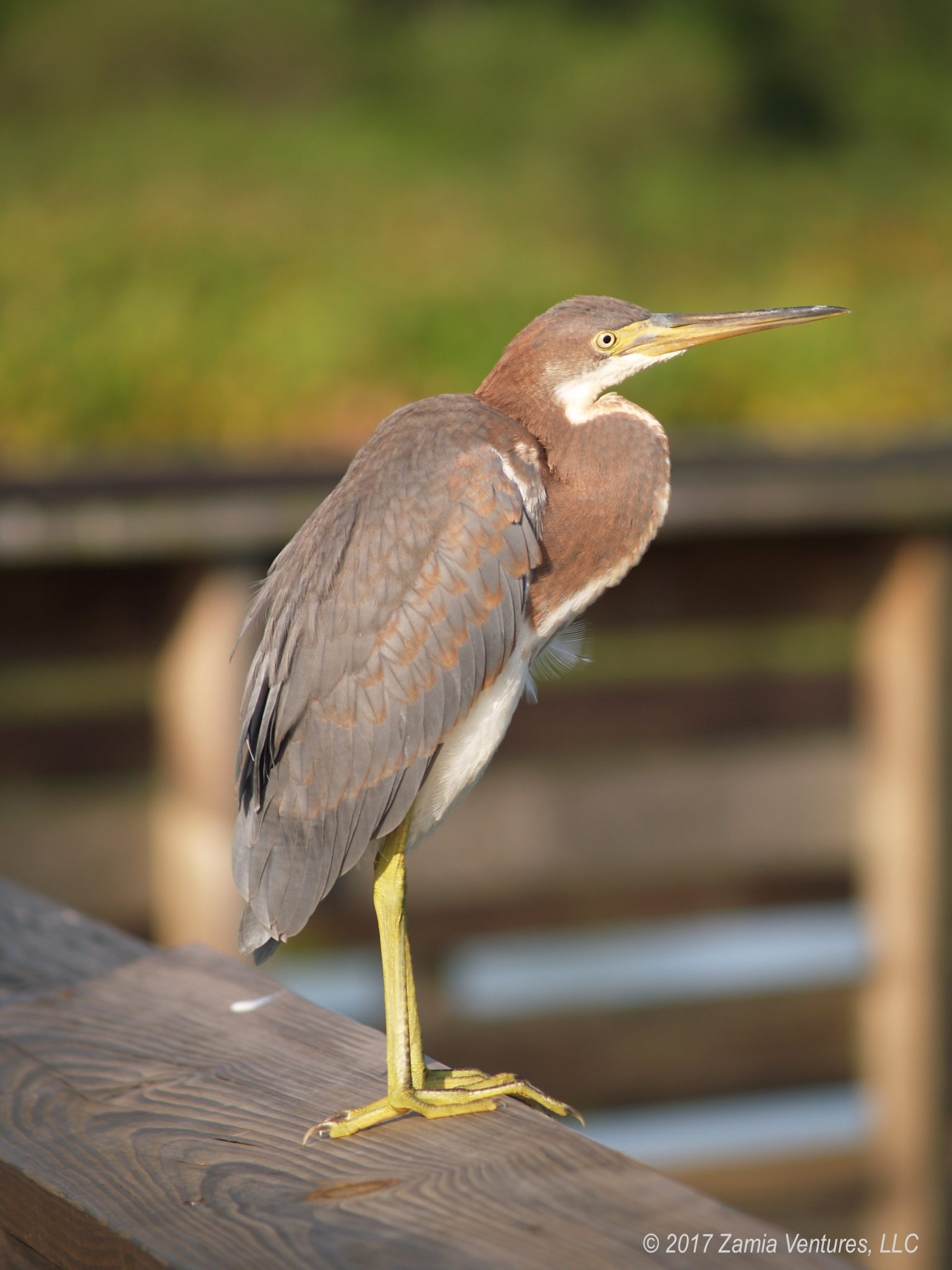
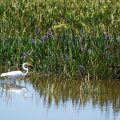
1 thought on “Helping Save Critters at SFWC”